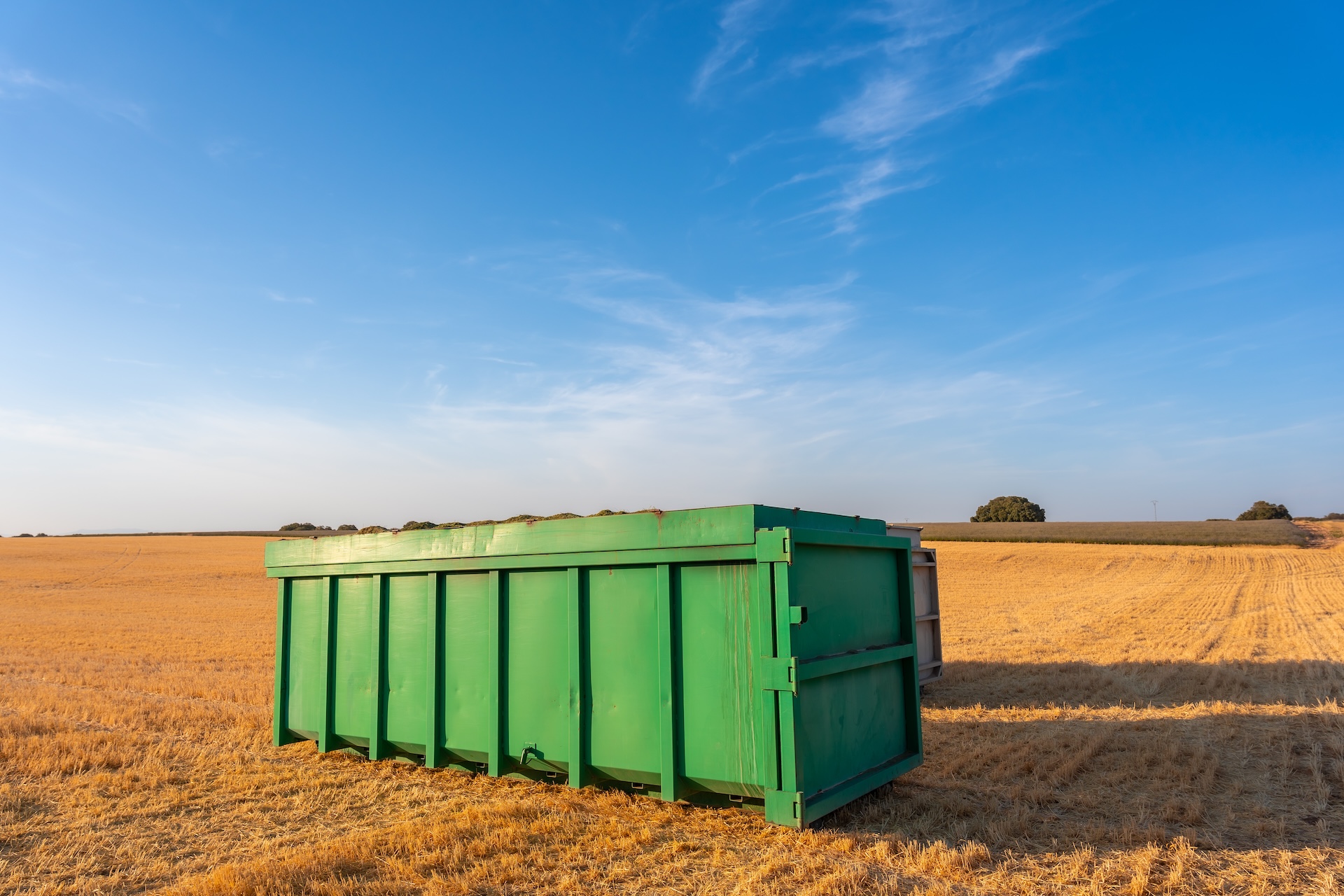How to Safely Empty a Swimming Pool: Avoid Damage & Fines
.jpg)
To safely empty your swimming pool, first check if draining is truly needed—chemical solutions often fix most issues. Always contact local officials for rules on pool water disposal to avoid fines. Use a submersible pump, proper discharge hose, and only drain into approved areas like a sanitary sewer. Protect your pool by draining slowly and monitoring for structural problems. Handle leftover chemicals responsibly. Want thorough steps for each stage and tips to avoid costly mistakes? Keep going.
- Check local regulations and obtain necessary permits before draining your pool to avoid fines and environmental violations.
- Only drain your pool when absolutely necessary, such as for severe contamination or required repairs, to prevent structural damage.
- Use a submersible pump and direct water to an approved sanitary sewer or disposal site, never into storm drains.
- Dechlorinate pool water before discharging and release it slowly to prevent flooding and protect landscaping.
- Inspect the pool shell for cracks after draining and refill promptly to minimize risk of damage from prolonged emptiness.
Understanding When You Need to Drain Your Pool
Although it might seem like a good idea to empty your pool whenever the water looks cloudy or dirty, you should only drain it when absolutely necessary. Draining your pool too often risks damaging the pool’s structure, liner, or surrounding area. You should consider emptying your pool if you’re dealing with severe algae infestations that can’t be treated, irreparable water chemistry problems, or if you need to make major repairs to the pool shell or liner. If your pool water has high levels of total dissolved solids (TDS) or stabilizer that can’t be corrected by adding chemicals, draining becomes essential. Before taking action, rule out all chemical and filtration solutions. Only proceed with draining when other methods won’t restore your pool’s safety and clarity.
Checking Local Regulations and Permits
Before you start draining your pool, have you checked your local regulations and permit requirements? Many cities and counties have strict rules about how and when you can discharge pool water. Some areas require a permit before you can begin, while others ban draining into storm drains or streets to protect local waterways. Contact your city’s public works or water department for specific guidelines. Ask about approved disposal methods, necessary permits, and any seasonal restrictions. Failing to follow these rules can lead to hefty fines or even damage to your property or the environment. Taking the time to verify local regulations keeps your project legal and safe. Keep all documentation handy to show compliance if needed during the draining process.
Gathering the Right Equipment
Preparation is key when it comes to safely emptying your swimming pool, and having the right equipment makes the process smoother and safer. Start by securing a submersible pump, which efficiently removes large volumes of water. Make sure you have a discharge hose long enough to direct water to the appropriate drainage area. You’ll also need a sturdy extension cord rated for outdoor use to power the pump safely. Have a wet/dry vacuum or a sump pump handy for removing remaining water from the pool’s lowest points. Don’t forget protective gear—wear rubber gloves and non-slip footwear to prevent accidents. If your pool has a vinyl liner, keep a pool brush available to gently move water toward the pump. Double-check all equipment for proper function before you begin.
Prepping Your Pool for Draining
Once you’ve gathered your equipment, it’s time to ready your pool for draining. Start by turning off all pool equipment—pumps, heaters, and automatic cleaners. Remove floating debris with a skimmer, and brush the pool walls to prevent residue from clinging as water levels drop. Next, check your pool’s hydrostatic relief valve, usually found at the bottom; this valve prevents structural damage from groundwater pressure. If your pool has one, make sure it’s functional and accessible. Remove any pool accessories such as ladders, covers, or toys so nothing obstructs the draining process. Finally, inspect the pool’s surfaces for existing cracks or damage. Address these issues now, as draining can exacerbate structural problems. With proper preparation, you’ll protect your pool during the draining process.
Choosing the Best Drainage Location
Although it may seem straightforward, selecting where to direct thousands of gallons of pool water requires careful consideration to avoid property damage and environmental harm. First, check your local regulations—many areas prohibit draining pool water into storm drains or onto streets, as this can harm local waterways. The best choice is usually your sanitary sewer cleanout, which routes water to a treatment facility. Locate the cleanout on your property, and confirm it can handle your pool’s volume by calling your utility company if you’re unsure.
If you must drain onto your lawn, verify the water is dechlorinated and released slowly to prevent flooding or runoff onto neighbors’ property. Avoid draining near your home’s foundation, garden beds, or septic systems to prevent costly damage.

Step-by-Step Pool Draining Process
Before you start draining your pool, gather all necessary equipment, including a submersible pump or your pool’s built-in drain, a discharge hose, and any fittings required to connect to your chosen drainage location. Switch off your pool’s electrical systems to prevent accidents. Place the pump in the deepest part of the pool, making sure the hose is securely connected and directed toward your approved drainage site. If you’re using the built-in drain, open the necessary valves.
Begin pumping water out, monitoring the process regularly to guarantee the hose stays in place and no leaks occur. Keep an eye on the water level and remove debris that could clog the pump. Once most of the water’s gone, use a wet/dry vacuum to clear out remaining puddles.
Preventing Pool Structure Damage
Draining your pool isn’t just about removing water—it’s also about protecting the pool structure from damage that can occur when the water is gone. Without water, pools—especially in-ground ones—are vulnerable to cracking, shifting, or even popping out of the ground due to hydrostatic pressure. Before you start, check for a hydrostatic relief valve. If your pool has one, open it to relieve pressure beneath the pool. Avoid draining during heavy rain or when the groundwater table is high. Never leave your pool empty for extended periods. Once drained, inspect the shell for cracks or movement, and address any issues immediately. Always consult your pool’s manual or a professional to guarantee you’re following the correct procedure for your specific pool type.
Managing Pool Chemicals and Environmental Concerns
Whether you’re preparing to empty your pool for maintenance or repairs, it’s essential to manage residual chemicals responsibly to prevent environmental harm. Start by testing your pool water for chlorine, bromine, and pH levels. Let chlorine or bromine dissipate naturally until it measures below 0.1 ppm; high chemical levels can harm plants, wildlife, and storm drains. Don’t add neutralizers unless absolutely necessary—natural dissipation is safer. Avoid draining saltwater pools into storm sewers, as salt can damage freshwater ecosystems. Direct wastewater onto your lawn or garden, if permitted by local ordinances, so soil can filter the water. Always check local regulations regarding pool water discharge. Proper management protects your community and environment from chemical contamination. Take these steps seriously to avoid fines and environmental damage.
Refilling and Restarting Your Pool System
Once you've handled chemical management and guaranteed safe water disposal, you're ready to bring your pool back to life. Start by inspecting the pool shell for cracks or debris and make any necessary repairs. Place your garden hose in the deep end and begin filling the pool slowly. Monitor the water level and check for leaks as it rises. Once the water reaches the middle of the skimmer opening, stop filling.
Next, prime your pump and restart the filtration system. Check that all valves are in the correct position and turn on the system. Allow the water to circulate for at least 24 hours. Finally, test and balance chemicals—adjust pH, alkalinity, and sanitizer levels as recommended. Your pool is now ready for safe swimming.
Conclusion
Draining your pool isn’t complicated, but you’ve got to do it right to avoid costly damage and hefty fines. Always check local rules first, gather the right tools, and follow each step carefully. Protect your pool’s structure and the environment by handling chemicals safely and choosing a proper drainage spot. Once you’re done, refill and restart your system promptly. With these steps, you’ll keep your pool in top shape and stay on the right side of the law.









